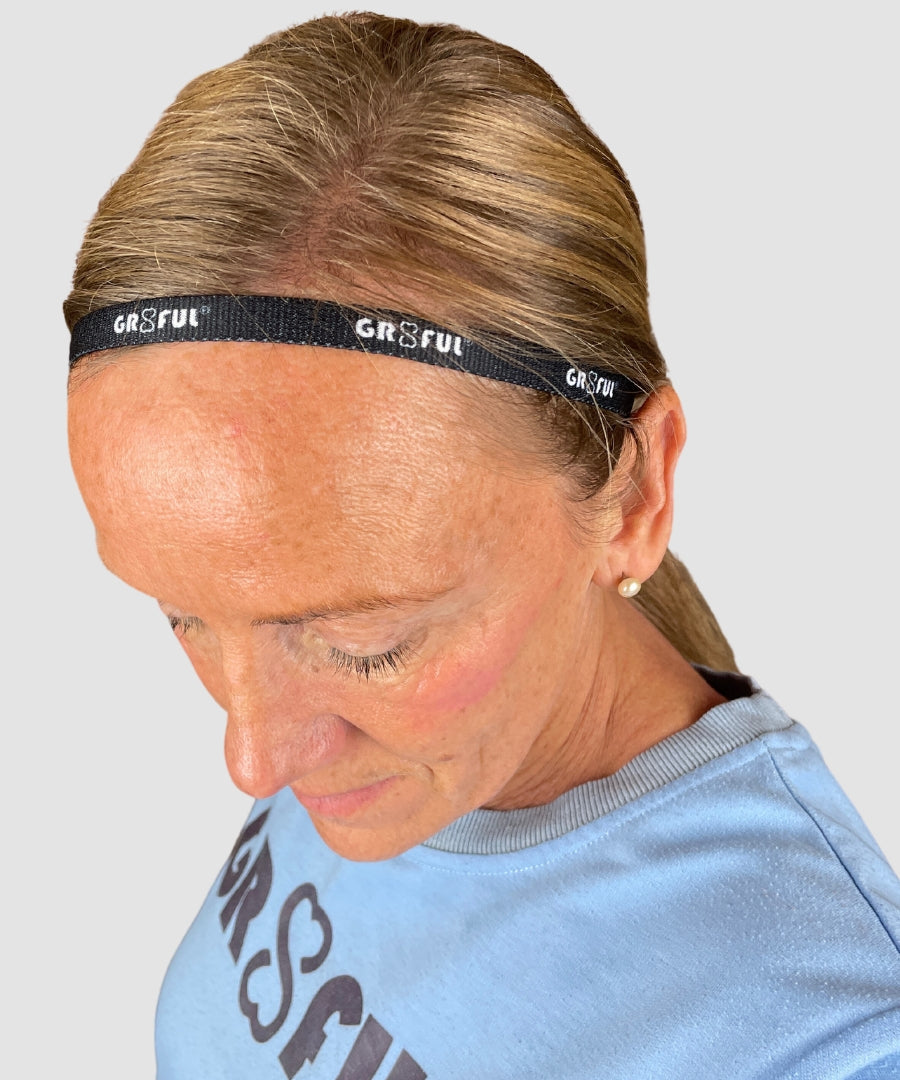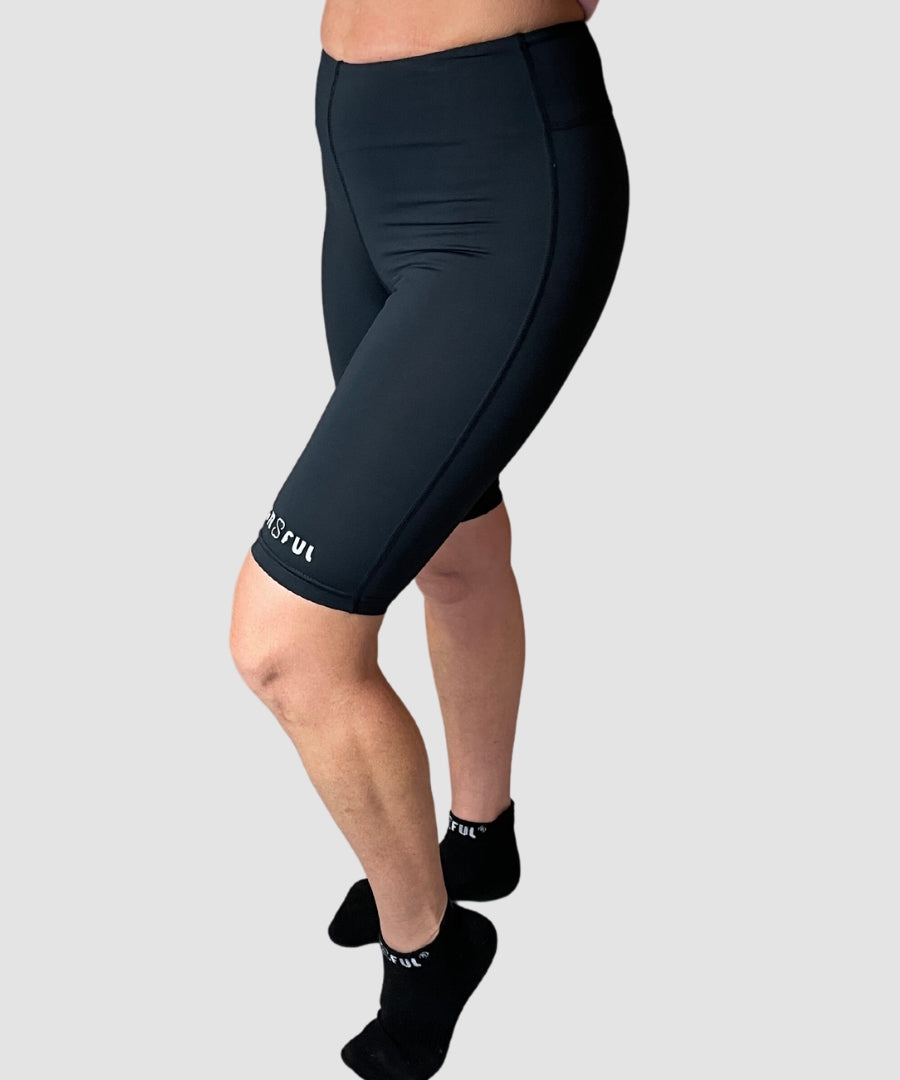Plantar Fasciitis
-
What is Plantar Fasciitis?
The main symptom of plantar fasciitis is pain on the bottom of your foot, around your heel and arch.
It's more likely to be plantar fasciitis if:
- the pain is much worse when you start walking after sleeping or resting
- the pain feels better during exercise, but returns after resting
- it's difficult to raise your toes off the floor
-
How to Ease Plantar Fasciitis Yourself
- rest and raise your foot on a stool when you can
- put an ice pack (or bag of frozen peas) in a towel on the painful area for up to 20 minutes every 2 to 3 hours
- wear shoes with cushioned heels and good arch support
- use insoles or heel pads in your shoes
- try regular gentle stretching exercises
- try exercises that do not put pressure on your feet, such as swimming
- take painkillers like paracetamol and ibuprofen
- try to lose weight if you’re overweight
- sign up to read our free download on how to solve plantar fasciitis
-
Products to Treat Plantar Fasciitis
Plantar Fasciitis ProductsWe specialise in many products that will get rid or your Plantar Fasciitis once and for all.
Plantar Fasciitis can take a lot of patience to ease. Some customers experience immediate relief, others can take months to get better.
If you do invest in any of our products, please download the free user guide that is available for the specific product.
NOTE:
A lot of our Plantar Fasciitis products also treat other foot painful foot, heal & ankle conditions like Achilles Tendonitis.Click on the link below to check them out!
-
Other Recommended Advice
If plantar fasciitis does not get better, a GP might refer you to a physiotherapist or foot specialist (podiatrist).
A physiotherapist can show you exercises to help ease your symptoms. A podiatrist can recommend things like insoles and the right shoes to wear.
Physiotherapy is available free of charge on the NHS throughout the UK but waiting times can sometimes be long.
Depending on where you live, you may be able to self-refer or you may need to visit a GP or consultant first.
Podiatry may not be available for free on the NHS everywhere and waiting times can sometimes be long.
You can also pay to see a podiatrist or physiotherapist privately.









